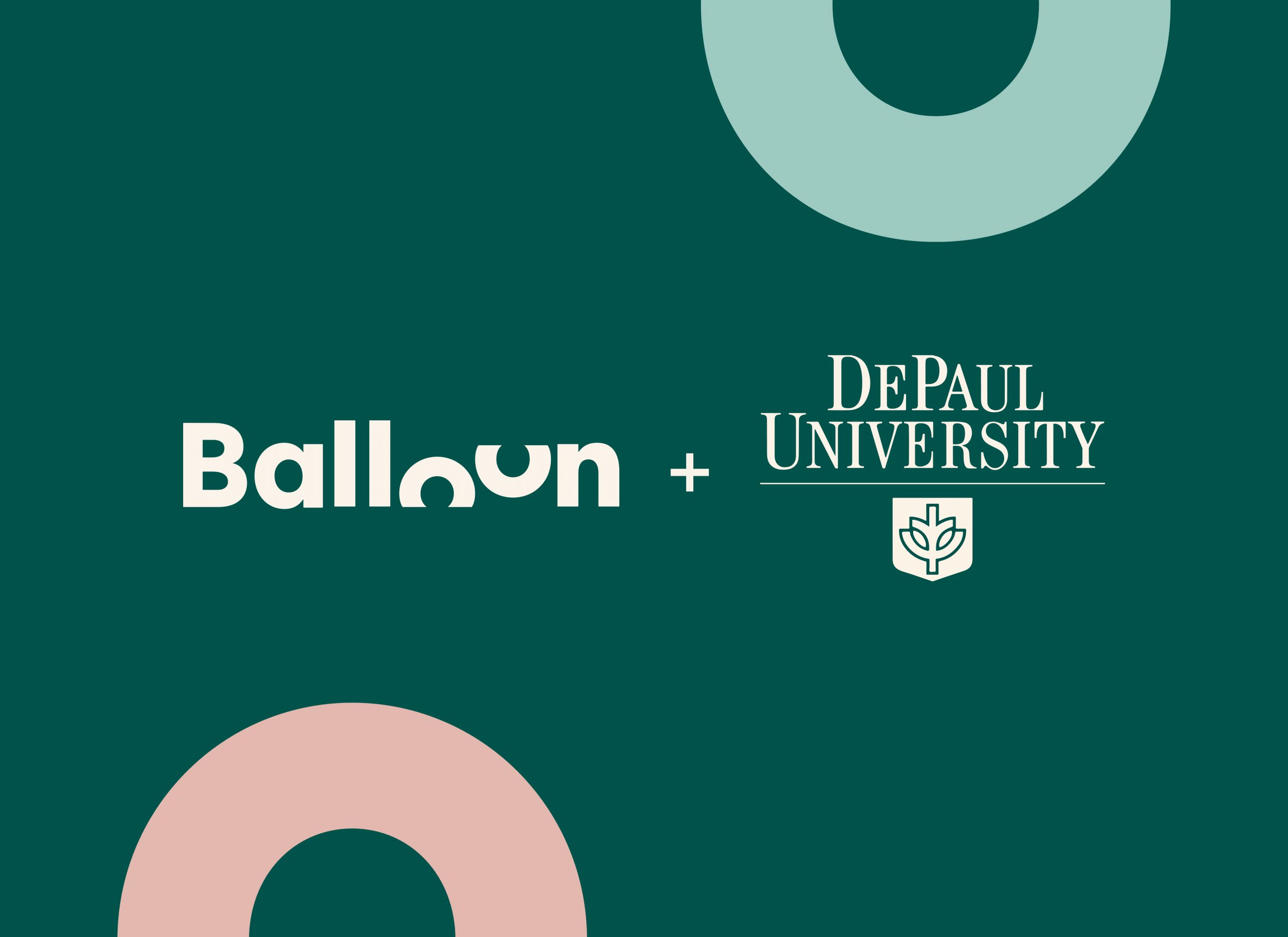DePaul University is the nation’s largest Catholic university and the largest private institution in Chicago—it has over 23,000 students enrolled, according to its 2016 data. DePaul places special emphasis on recruiting first-generation students and others from disadvantaged backgrounds and prides itself on its diverse student body. It is ranked among the “Top 25 Most Innovative Schools” according to the 2016 college rankings published by U.S. News & World Report.
DePaul had a problem.
Standard surveying at the end of a course didn’t allow for new ideas about the structure and content of a course to come through since all the questions were quantitative and predetermined.
Additionally, half of the course’s students were remote, which meant the instructor was never able to meet with them face-to- face. This posed a challenge when needing feedback from students about the successes and failures of the course.
Lack of feedback from students meant few new insights and all the decisions about the course were largely left up to the faculty’s intuition. With conventional survey techniques, DePaul was gleaning no new insights from its students.
Balloon had the solution.
DePaul uses Balloon's Insight Mobility platform to gather course feedback. DePaul Professor, Martin Schray, experienced low and declining participation on the university-provided evaluation forms and surveys. The decline was due to normal classroom evolution (e.g., more courses being offered online resulting in less face-to-face time). More importantly, the conventional course surveys commonly used at the end of a class are very quantitative in form (e.g., 1–5 scale), overly prescriptive (e.g., textbook, lab session), and didn’t provide an opportunity to strongly engage students and capture substantive feedback. Schray knew he needed to try something new to engage students in the process, capture meaningful feedback to improve the course, and reach beyond answers to the provided questions.
Balloon was set-up and launched in a matter of hours, and over the course of a day, the students generated over 200 pieces of feedback and ideas for improvement. With Balloon’s system, it was easy to see which suggestions were the most supported by the students. Students were able to discuss and improve ideas, which resulted in higher quality suggestions and deeper insights for Schray.
“Balloon's Insight Mobility platform materially changed the course by opening up the tapestry of student opinion. You wouldn’t recognize the course now," said Schray. "I was able to learn what really worked and what didn’t work, and I trusted the feedback because of Balloon’s process that anonymously leverages the wisdom of the crowd—in this case, my students.”
Using Balloon, over 200 new and unique pieces of feedback and ideas surfaced that were all formed and improved upon by the students. The students brought forth ideas about better textbook utilization, how they could use lecture time more effectively, and if the course should include a lab. Traditional surveys did not provide these types of valuable insights.
“I found Balloon invaluable for getting me to insights I have never received in teaching this course 6 times," said Schray. "Before launching on Balloon, I facilitated a session—asking questions and show of hands—and missed the things that surfaced on Balloon. I believe this is due to shy students or fear of retribution.”
Even remote participation soared, with more than half of the remote students participating. As a result, they were able to add to and substantiate ideas, making them stronger and clearer.
"I trusted the feedback because of Balloon’s process that anonymously leverages the wisdom of the crowd…in this case, my students.”
— Martin Schray, adjunct professor at DePaul University
Balloon's Insight Mobility platform opened up the tapestry of student opinion. No longer were questions limited to “Was the textbook helpful?” or “Was the instructor prepared?” Now, they were getting creative ideas about what the best faculty members were doing, and what students thought needed improvement.
“The ideas we gathered would have never come through with a standard survey," said Schray. "We were able to adopt the course to better fit the students’ needs because those were ideas that surfaced through Balloon.”
